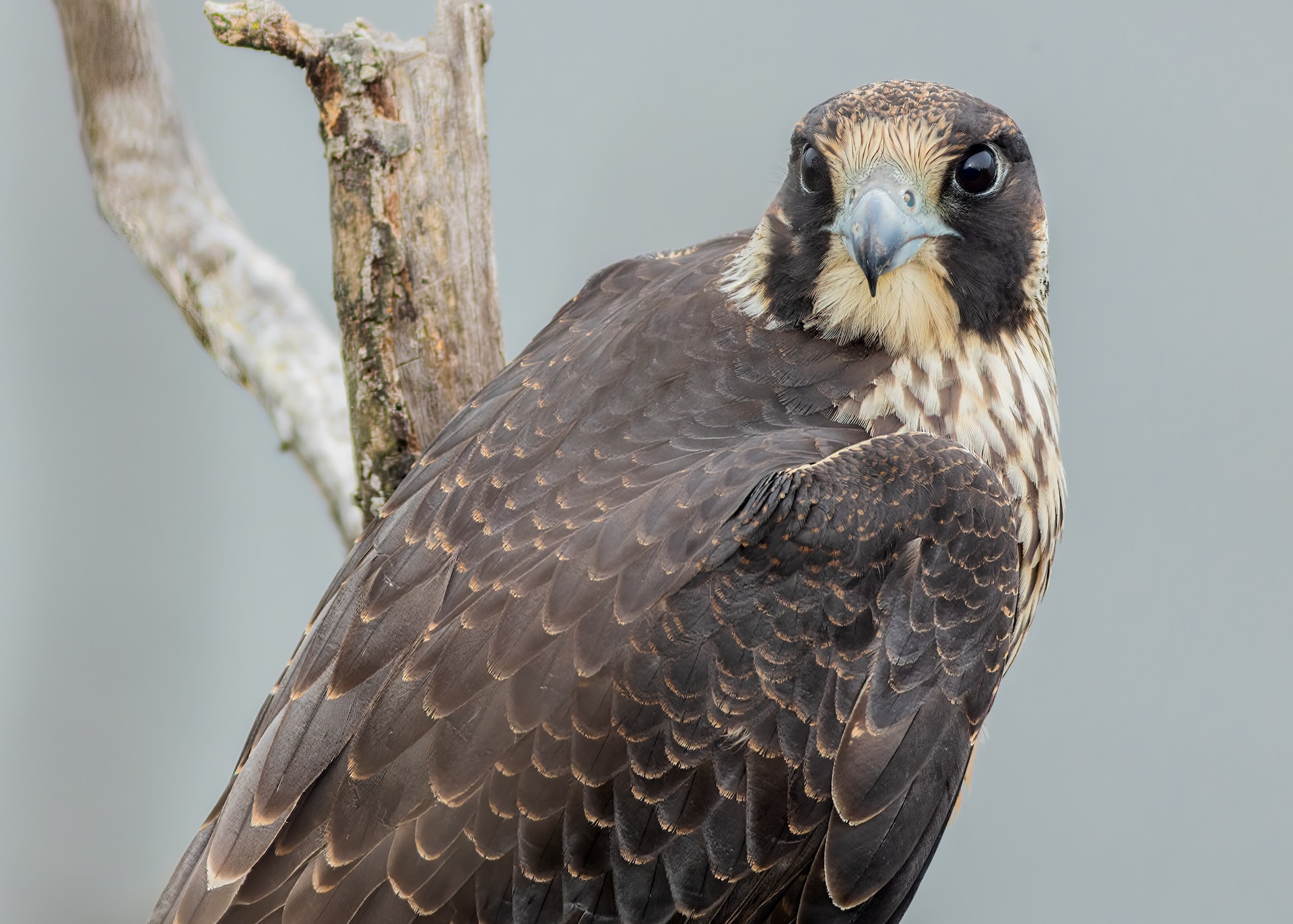
Peregrine falcons, also known as the world’s fastest birds, are famous for their remarkable hunting skills and adaptability to various habitats. These birds of prey are widespread across the globe and can be found in many different environments, from city skyscrapers to wilderness cliffs.
Historically, peregrine falcons were abundant in North America, but their numbers started to decline in the mid-20th century due to the use of the pesticide DDT. This chemical caused their eggshells to become thin and fragile, resulting in many eggs being crushed before hatching. After DDT was banned in the 1970s, conservation efforts were put in place to help peregrine falcons recover, and these efforts have led to a resurgence in their populations.
One of the reasons peregrine falcons are thriving today is their ability to adapt to different environments. In urban areas, they often nest on tall buildings, bridges, and other man-made structures. These locations offer a similar environment to the cliffs and ledges where they would naturally nest in the wild. The falcons attach their nests to the sides of buildings, usually in high up or inaccessible locations, to protect their young and ensure their safety.
In the wild, peregrine falcons are commonly found in cliffs and mountainsides near water sources, where they can hunt for prey. They build their nests in crevices or ledges of rock faces that provide shelter and protection from the elements. These cliffs can be hundreds of feet high, and the peregrine falcons utilize their incredible speed, agility, and hunting skills to catch prey such as birds, small mammals, and even fish.
The ability of peregrine falcons to adapt to different environments has allowed them to flourish in a diverse range of habitats. As long as there are appropriate nesting and hunting sites, these birds can thrive in many different landscapes. This adaptability has played a crucial role in their recovery from near-extinction.
In recent years, there has been a growing interest in protecting peregrine falcons and their habitats. Conservation efforts have included monitoring breeding pairs, establishing protected areas such as wildlife refuges, and educating the public about these remarkable birds of prey. Additionally, there are now many habitats that are being created or restored specifically for peregrine falcons, including urban areas where they can nest on the sides of buildings.
In conclusion, peregrine falcons are an incredible species that have managed to adapt to a diverse range of environments. From city skyscrapers to wild cliffs, these birds of prey have persisted and thrived despite many challenges. By continuing to protect and support their habitats, we can help ensure that peregrine falcons continue to soar in the skies for years to come.
Comments
Post a Comment